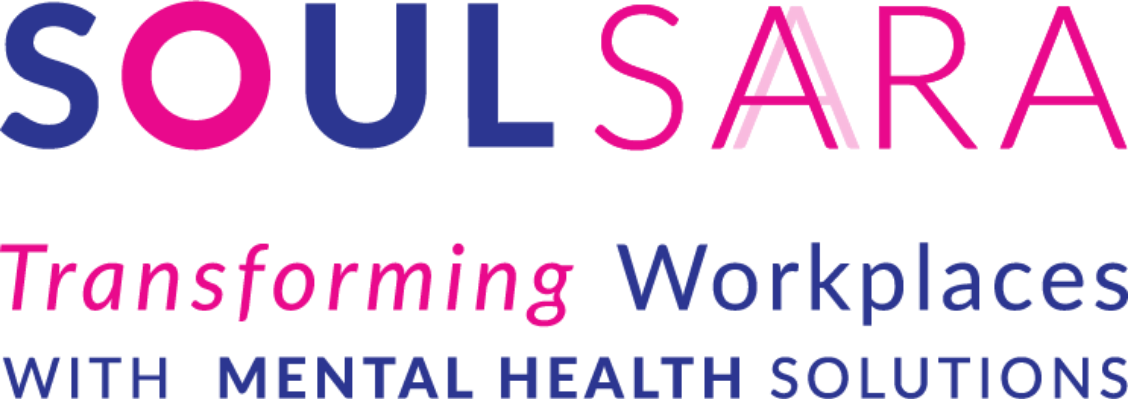Blog
Employee Disengagement: The Quiet Crisis in the Workplace
Last updated: 16 Jul, 2025 By Deeksha Shukla
Employee disengagement is an invisible threat that costs organizations more than they realize. According to a recent Gallup survey, only 21% of employees worldwide are actively engaged at work, leaving a staggering 79% either passively disengaged or actively disengaged. This lack of engagement can lead to lower productivity, increased turnover, and diminished morale. But what’s worse is that many disengaged employees suffer in silence, creating a ripple effect across the organization.
Why Employees Quietly Suffer
The reasons behind employee disengagement and silent suffering are multifaceted, including:
- Lack of Recognition: Employees feel undervalued when their efforts are not acknowledged.
- Workplace Stress: High-pressure environments with minimal support can leave employees feeling overwhelmed.
- Poor Communication: A lack of transparency and meaningful dialogue between leadership and employees fosters mistrust.
- Limited Growth Opportunities: Employees who don’t see a path to advancement often feel stuck and demotivated.
- Toxic Work Culture: Unsupportive managers or coworkers can create a hostile work environment.
When these factors go unchecked, they breed a culture of quiet suffering, where employees show up but don’t fully contribute, resulting in a phenomenon known as "quiet quitting."
The Impact of Employee Disengagement
Disengaged employees affect more than just their productivity. They can influence team dynamics, reduce morale, and create additional workloads for their engaged peers.
Over time, this silent epidemic can lead to:
- High Turnover Rates: Disengaged employees are more likely to leave, increasing recruitment and training costs.
- Reduced Innovation: A disengaged workforce lacks the motivation to think creatively or solve problems effectively.
- Negative Customer Experiences: Unengaged employees often deliver subpar service, impacting customer satisfaction.
What HR Needs to Do
Addressing employee disengagement requires mental health solutions for employees & proactive initiatives that build trust, foster communication, and create a supportive workplace culture.
Here are some actionable strategies:
1. Encourage Open Communication
Create safe spaces where employees can share their concerns and ideas without fear of judgment. Regular one-on-one meetings, feedback sessions, and anonymous surveys can help HR identify the root causes of disengagement.
2. Recognize and Reward Achievements
Acknowledging employees’ hard work doesn’t always have to come with a monetary reward. A simple “thank you,” public recognition or a personalized note can greatly make employees feel valued.
3. Promote Work-Life Balance
Implement policies like flexible working hours, remote work options, and mandatory time off to prevent burnout and improve overall well-being.
4. Provide Professional Development Opportunities
Invest in training, workshops, and mentorship programs to help employees grow in their roles and stay motivated.
5. Foster Team Collaboration
Engaging employees through team-building activities can enhance collaboration, improve morale, and build stronger relationships within the workplace.
SOULSARA’s Solution for Engaged Workplaces
To help HR professionals tackle disengagement head-on, SOULSARA introduces the "5-Minute Team Building Activities to Boost Workplace Wellness" handbook—a game-changing resource designed to inject fun, energy, and collaboration into the workplace.
Why This Handbook Stands Out
Packed with fresh ideas and practical tools, the handbook provides activities that go beyond traditional team-building exercises. Whether your goal is to strengthen collaboration, foster a culture of wellness, or keep your teams engaged and energized, this guide has you covered.
How SOULSARA Can Help
The "5-Minute Team Building Activities to Boost Workplace Wellness" handbook is more than just a set of activities—it’s a strategy to address the root causes of disengagement.
Here’s what it offers:
- Strengthening Collaboration: Activities designed to improve communication and teamwork, helping employees build trust and work effectively together.
- Fostering a Culture of Wellness: Simple yet impactful activities that promote mental and physical well-being, ensuring employees feel supported.
- Boosting Engagement: Quick, easy-to-implement ideas that re-energize teams and encourage active participation in workplace initiatives.
Incorporating these activities into your workplace can create an environment where employees feel motivated, valued, and connected.
The Road to a Healthier Workplace
Disengagement doesn’t have to be a silent crisis in your organization. By addressing the underlying causes and taking proactive steps, HR can transform the workplace into a hub of energy, collaboration, and productivity.
With SOULSARA’s handbook, you have a powerful tool to revitalize your teams and foster a culture of wellness. It’s time to take the first step towards a more engaged and resilient workforce.
Start your journey with SOULSARA today. Together, let’s transform workplaces with mental health solutions.


